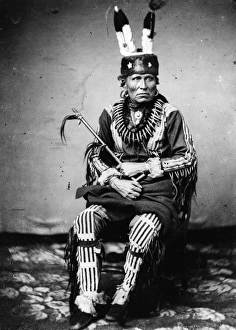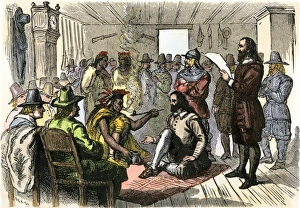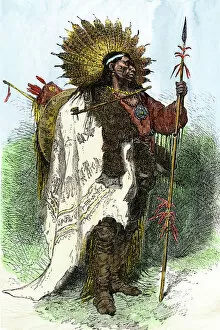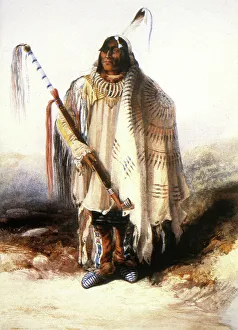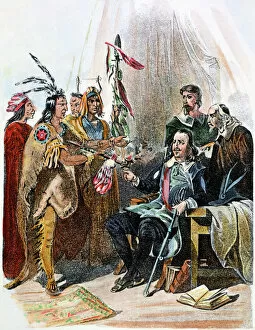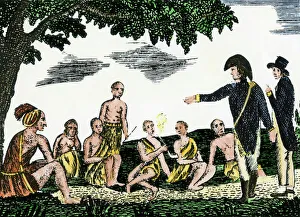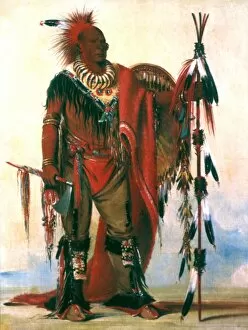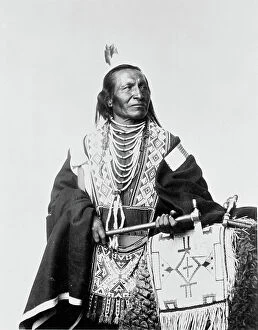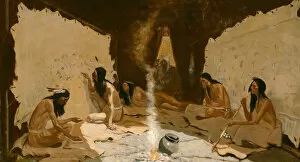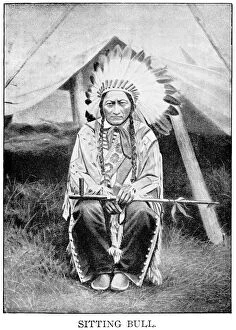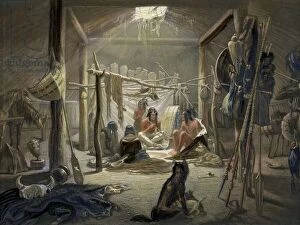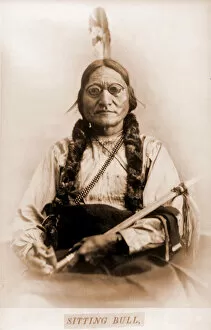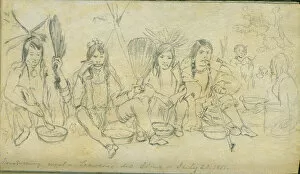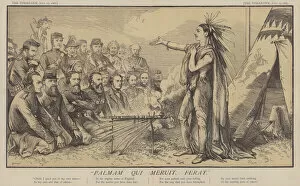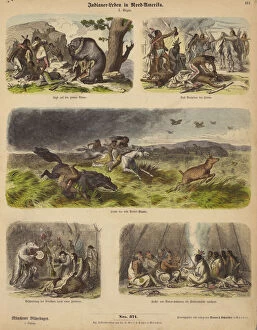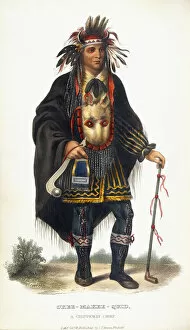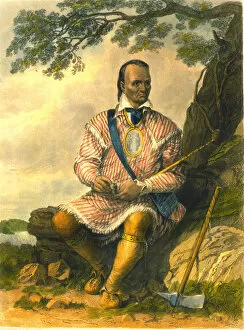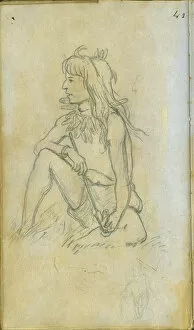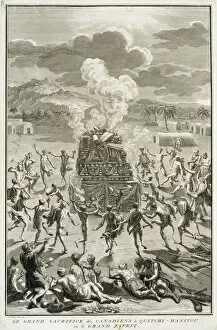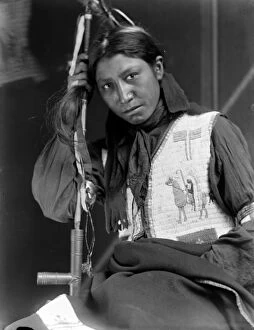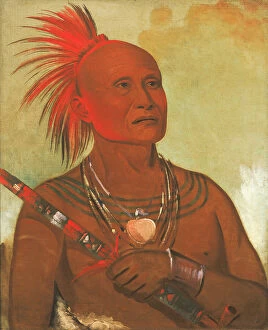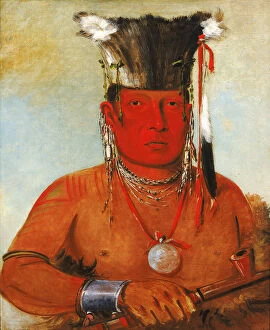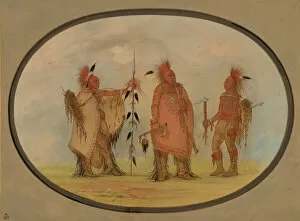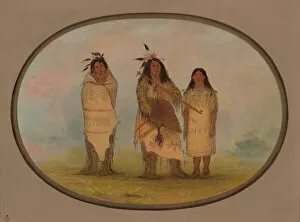Peace Pipe Collection
"Embracing Unity and Harmony: The Significance of the Peace Pipe in Native American Culture" The peace pipe, a symbol of unity and diplomacy
All Professionally Made to Order for Quick Shipping
"Embracing Unity and Harmony: The Significance of the Peace Pipe in Native American Culture" The peace pipe, a symbol of unity and diplomacy, holds deep cultural significance among Native American tribes. Dating back centuries, this sacred tradition has been passed down through generations as a way to forge alliances and maintain harmony within communities. One notable figure associated with the peace pipe is Petalesharo II, also known as Man Chief or Grand Pawnee. As a Chaui Native American chief, he understood the power of peaceful negotiations and utilized the peace pipe ceremony to establish diplomatic relations between tribes. Another historical moment captured in time is the Peace Pipe Ceremony of 1718 involving Chitimacha Native Americans from Louisiana. This copper engraving by Antoine Simon Le Page du Pratz depicts their journey towards reconciliation with the French after years of conflict. The calumet ceremony marked an end to hostilities and paved the way for mutual understanding. Pehriska-Ruhpa (Two Ravens), a Hidatsa Native American portrayed by Bodmer, exemplifies how individuals played crucial roles during peace pipe ceremonies. These gatherings were not only about smoking tobacco but also about fostering connections between different tribes and promoting peaceful coexistence. The encounter between Wampanoag chief Massasoit and John Carver, governor of Plymouth colony in 1620, showcases how early settlers sought alliances through these ceremonial rituals. Their meeting laid the foundation for future cooperation amidst challenging times. Even renowned explorers like Lewis and Clark recognized the importance of engaging with native cultures at Council Bluffs. Their interaction with Native Americans further emphasized that sharing a smoke from the peace pipe was more than just symbolic; it represented mutual respect and understanding across cultural boundaries. Native American chiefs such as Keokuk demonstrated leadership skills by utilizing diplomacy as they navigated complex relationships during turbulent times. His influence extended beyond his own tribe, showcasing how influential figures used this powerful tool to maintain peace.

